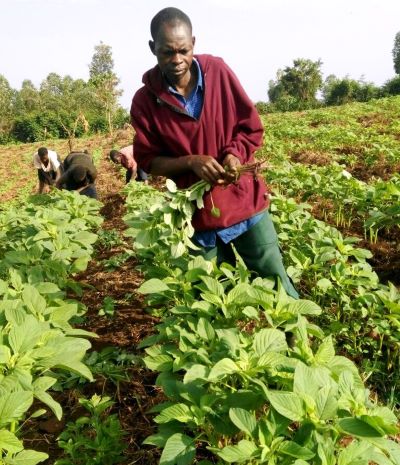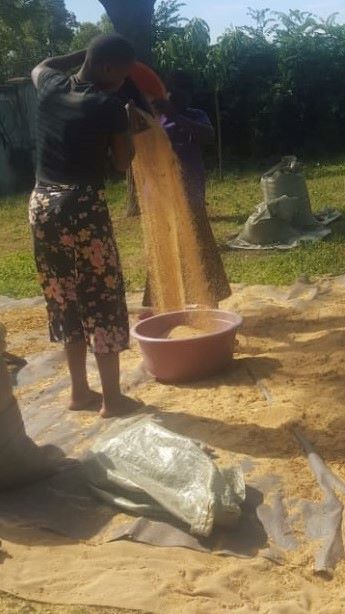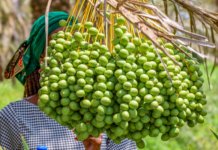
In 2018 the government of Kenya in a move to stem over-reliance on maize and subsequent consumption of ugali introduced a policy to push maize millers to blend maize flour with other local nutritious grains to curb malnutrition.
Among the grains which were recommended for the fortification were amaranth grains and since then the initiative coupled with the health benefits of the grains have seen farmers grow the crop which was previously regarded as a common weed to make quick and good cash.
In fact, according to a 2018 research on Efforts to Promote Amaranth Production and Consumption in Uganda to Fight Malnutrition, amaranth grains have protein content of 12-13 per cent, which is higher than that of most cereal grains making it the most sort after grain globally.

Nutritionists assert that the grains are best for cancer and diabetic patients as it is a good source of fiber, protein, manganese, magnesium, phosphorus and iron, along with several other important micronutrients. It can be used to make animal feeds and skin cosmetics.
The grains can be roasted and eaten as such or grounded to produce flour to make chapati, porridge, cakes, cookies, bread muffins, pasta pancakes, crackers, and fortify maize meal flour.
The green fresh leaves can be cooked and eaten as vegetable as they are good source of good source of protein, pro-vitamin A, vitamin C, and fiber.
Possible returns
Now, grain amaranth has two main varieties, the short and tall varieties recommended for low and high rainfall areas. Maturity occurs in 45 – 60 days for early maturing (short) varieties while late maturing (tall) varieties take 70- 120 days.
Generally, the two drought tolerant varieties can yield an average of 800 –1200 kilogram per acre and can fetch Sh200-300 per kilo by local companies which process and sell grain amaranth products.
This translates to up to Sh360,000 in 45-120 days whatever the variety a farmer choses to grow.
According to Carolyne Okello, an amaranth farmer from Ringa Kakelo in Homa Bay County, amaranth grains fetched Sh150 a kilo some years ago when she started the venture but things have since changed.
“In 2016 when I started amaranth farming, I could sell the grains at Sh150 or even less in local markets but following the pickup in demand even by food processors, the price currently is between Sh200 and Sh300 a kilo,” said Carolyne adding that she is now doing six acres from an acre she did previously.

From the acreage she harvests 30-35 90kg bags of amaranth grains translating to 3150kg which if she sells at Sh300 per kilo gives her Sh945,000 gross income.
For Philip Odhiambo, another farmer from the area, the hardy crop can grow almost in any environment, including the wild, after germination.
“Amaranth is a giant crop, which ‘oppresses’ other plants in farms when it is a weed. Because of this, even with little attention, it is likely to do well,” said Philip.
When planting, Philip recommends three to four seeds in a very shallow hole at a spacing of 75cm by 25cm.
As a direct competitor to maize flour, amaranth flour has a major advantage: it already contains so many nutrients that it does not need to be fortified, making it a more cost-effective option, not to mention a healthier one.








[…] is one way to reduce stress on the soil. Some Kenyan farmers, for example, have planted amaranth instead of maize because it’s easier to grow and can survive in many different environments. More controversially, […]
[…] is one way to reduce stress on the soil. Some Kenyan farmers, for example, have planted amaranth instead of maize because it’s easier to grow and can survive in many different environments. More controversially, […]
Comments are closed.